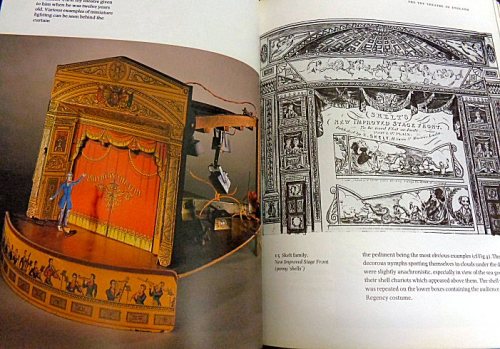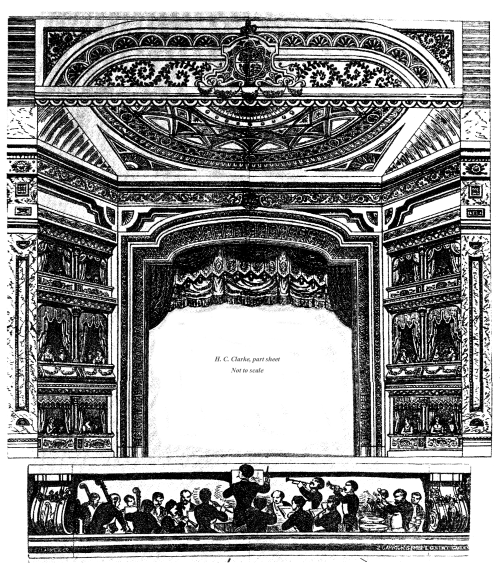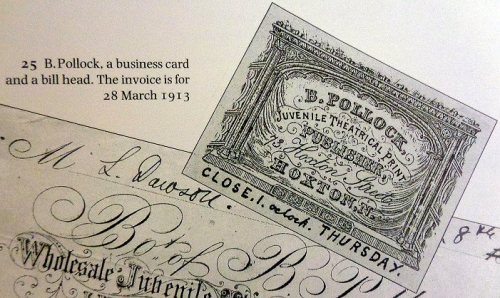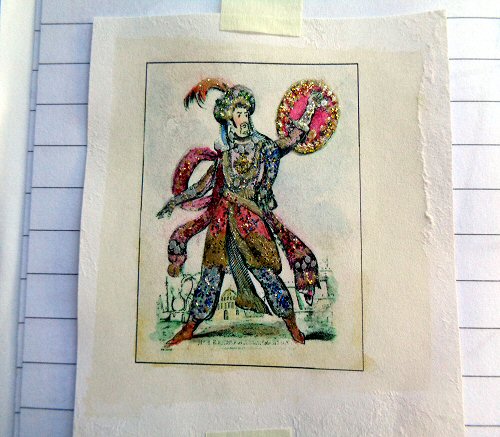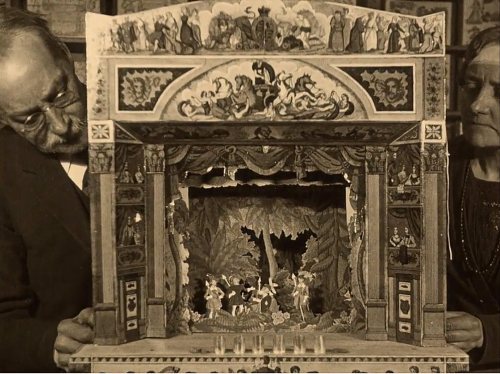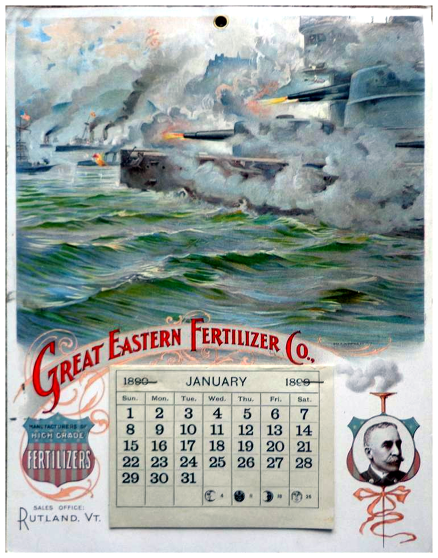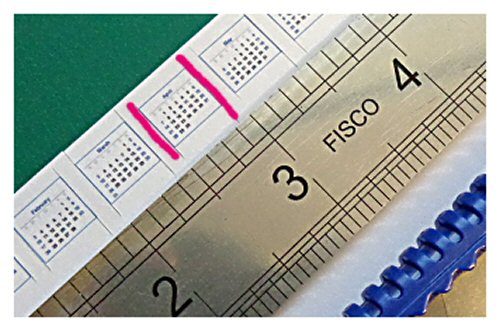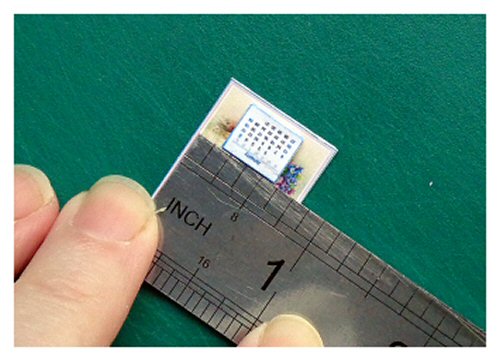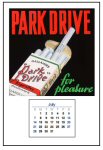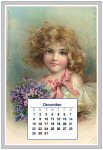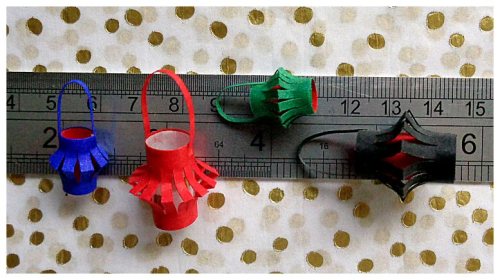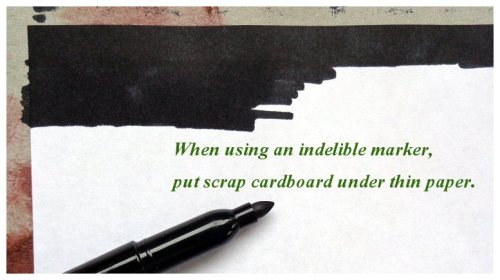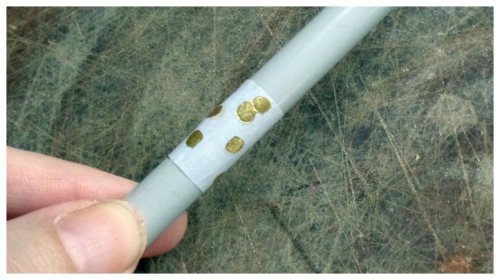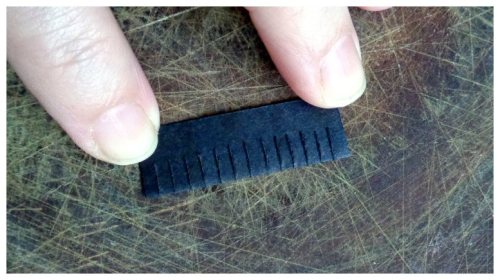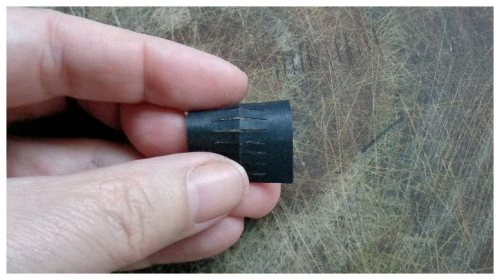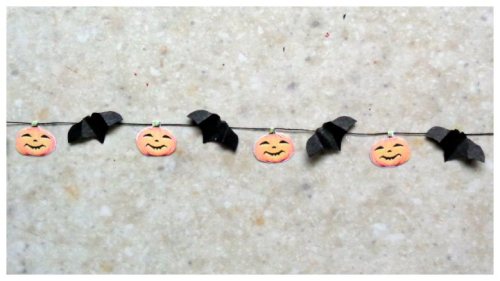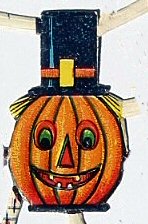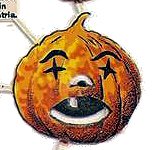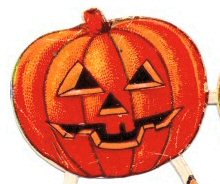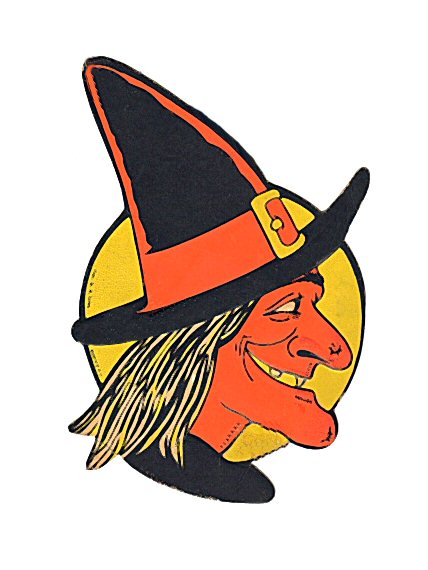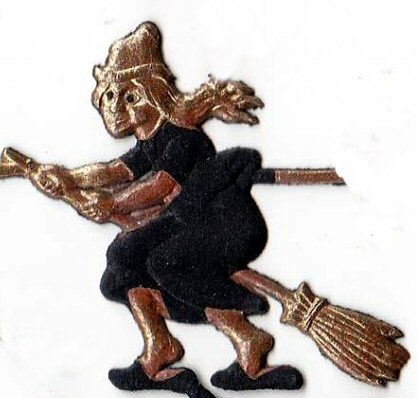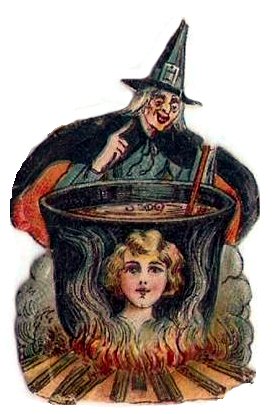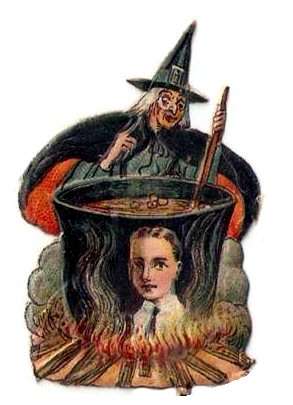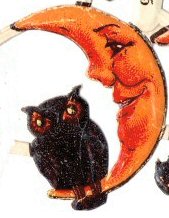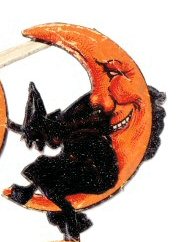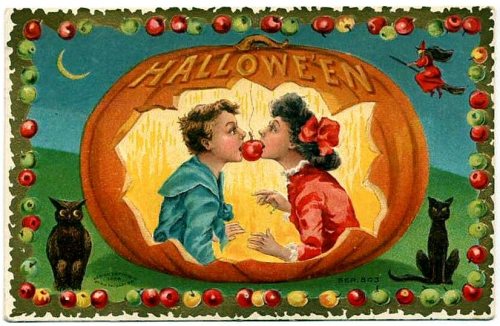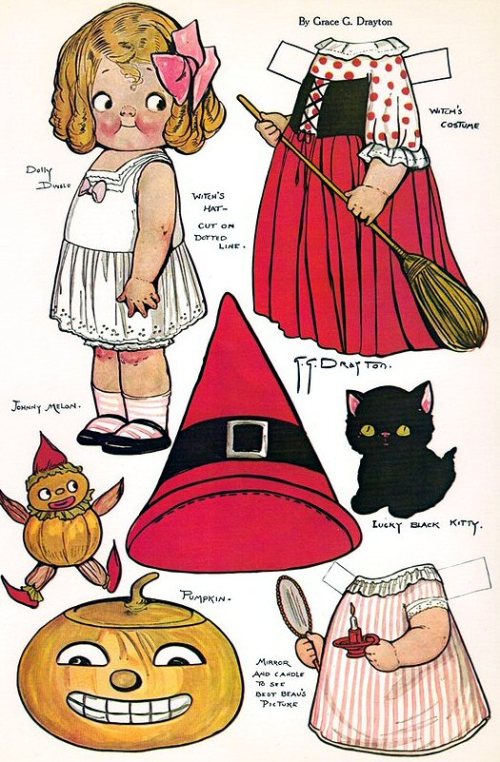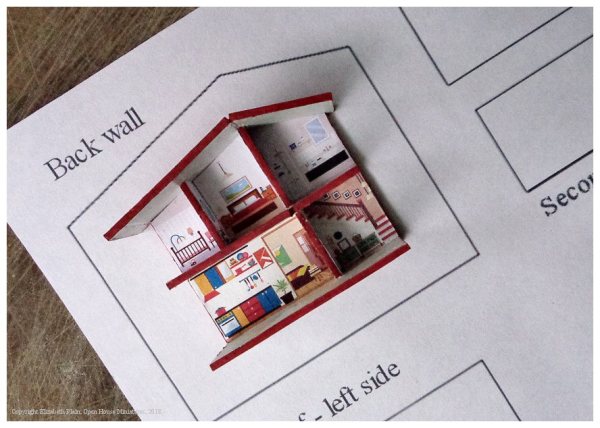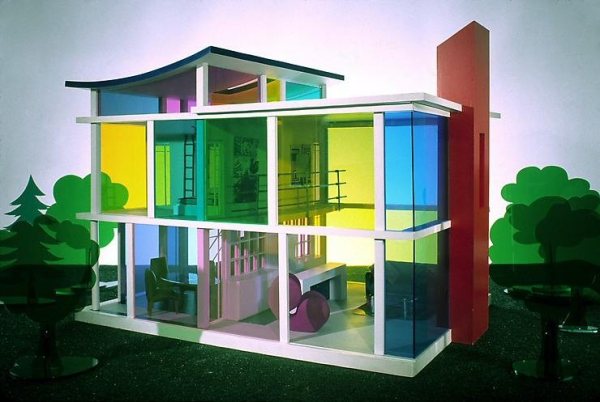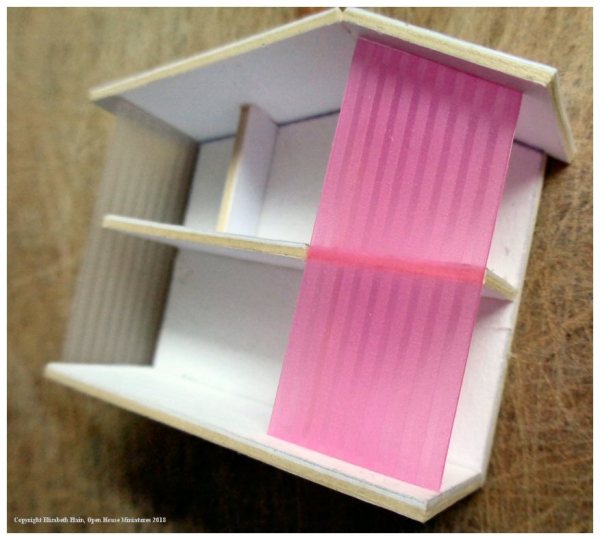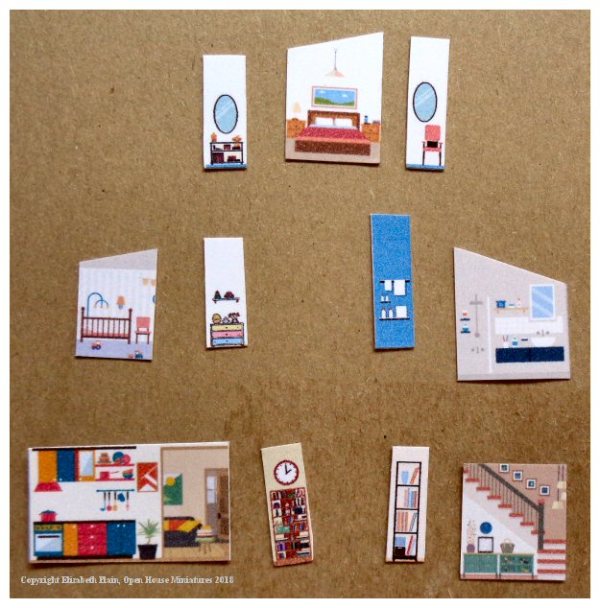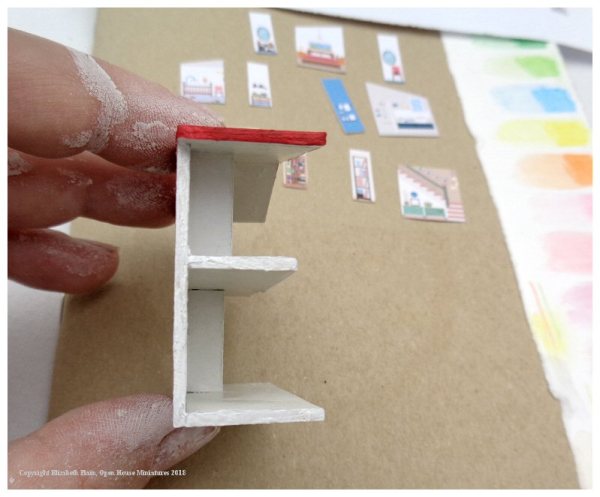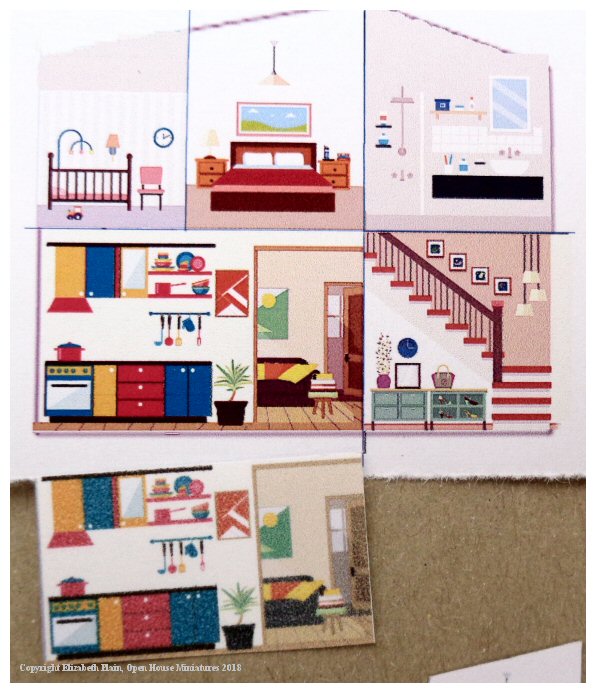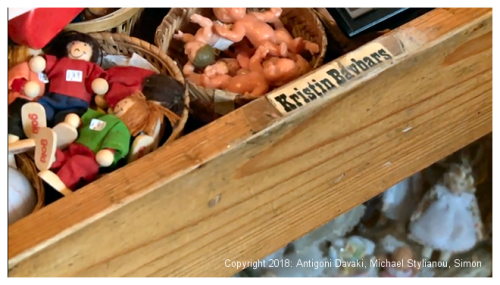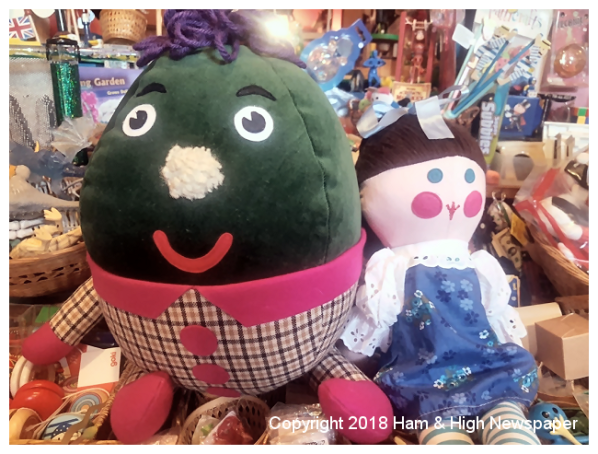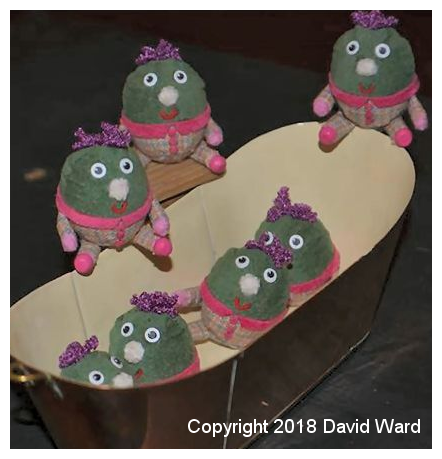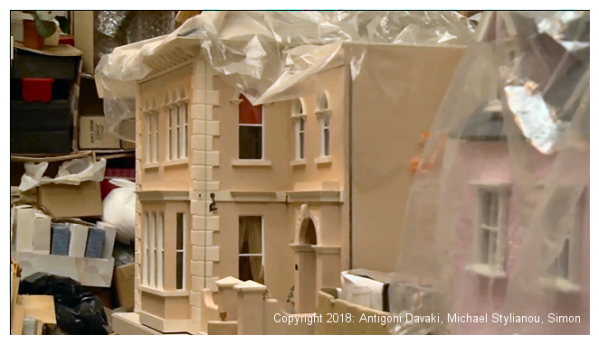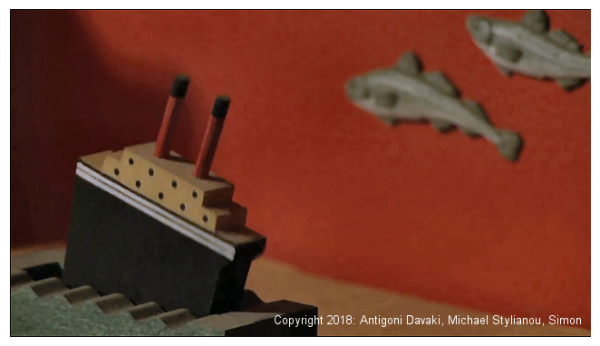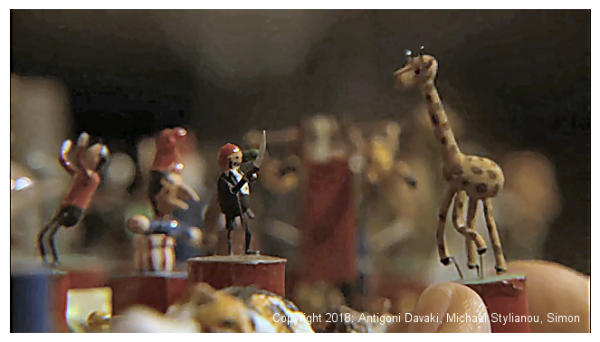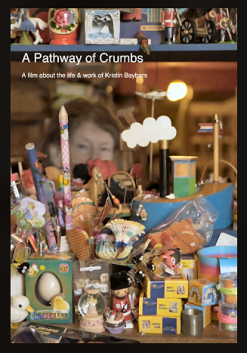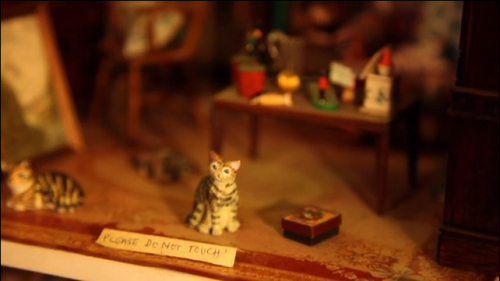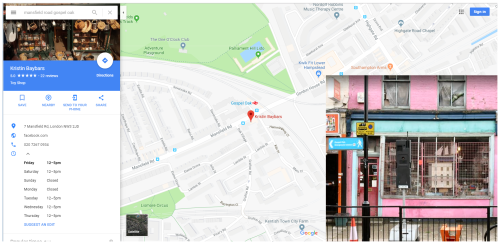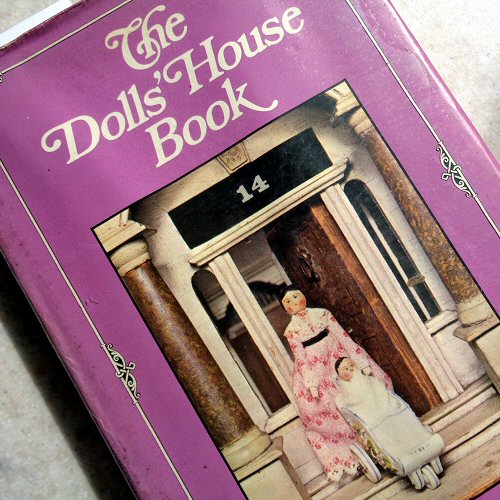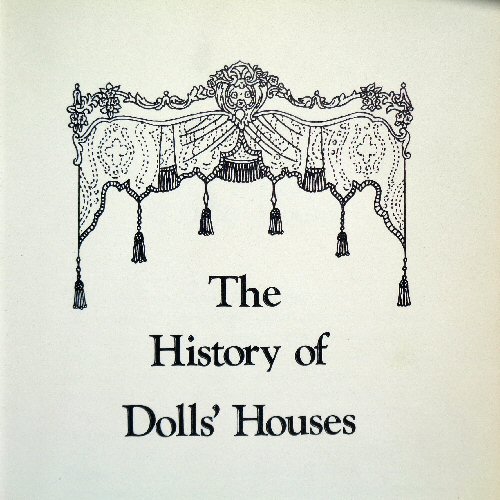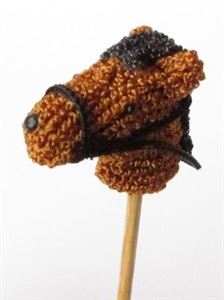Not everyone likes toy theatres, either full-size, or in miniature, so this is a bit of an unfair blog post for those who find them unbearable twiddly and annoying and are hoping for something entirely Dolls’ House.
So, before I launch into Toy Theatre Land, I am going to inset a link here to a programme about dolls’ houses that I found fascinating and enjoyed enormously.
*** *** ***
Now, about Toy Theatres –
They were not what I had planned for a Christmas blog post.
In fact I was wondering if I was going to write anything at all, or simply find some Christmas themed scraps to fill this space, when someone asked me if I would consider selling a pdf for the miniature Mathews Theatre set that I make.
I am going to leave out most of the story surrounding this – which is not at all interesting – and get to the point where I did some maths and worked out the cost of the original artwork, my time spent water-colouring the theatre, scenery and figures (on nice paper), etc, etc, etc and came up with a fabulous sounding sum for producing a pdf.
Need I say that, naturally enough, I have not heard anything about a pdf since then. (I did warn the person who asked that making a toy theatre was a labour of love).
However, the person concerned did give me an idea and I hope that they read this and will be able to use some of the things here.
First I have to say that I am not an expert on toy theatres. I like them, but that is not the same as being an expert.
Most of the things that I know about them, I have learned from one book – Toy Theatres of the World, by Peter Baldwin.
The book is currently out of print, but if you can get a copy it will repay the effort of finding it. (They do turn up on eBay from time to time and there are a few on Amazon at the time of typing this.)
The book is slightly smaller than A4 in size and it is beautifully produced on glossy paper. There are 175 pages and and at least one illustration or photograph on almost every single page. It is informative without being hard to read or overladen with technical terms. I would dearly like to upload it here so that you can read it for yourselves: Peter Baldwin clearly loved toy theatres and it shows.
Having said that I don’t know much about them, I proceeded to draw a plan for a simple theatre, mainly so that I could demonstrate how a flat surface can give the illusion of depth by the way the lines lead inwards towards a central point.
I think that it shows that, if you would like to make your own unique theatre, it would not be too difficult to come up with something rather attractive and interesting.
My design (above) is very simple, but it is the basic type that was used for a great many of the original British toy theatres – a couple of which are shown below.
The trick for making the front of a toy theatre 3D, rather than flat, is a surprisingly simple one. Basically, looking at the picture below, you cut along the green lines, fold along the pink lines and then re-attach the uppermost part that has been cut away. The result is remarkably stable and durable when stuck to reasonably solid cardboard.
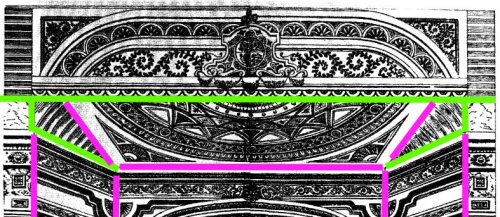
The following are French and were produced by Pellerain, who made a great many high quality paper toys. I like this set of theatres particularly because they are so small and neat.
Once you have found, or made, your own theatre you do, of course, need scenery, characters and a play.
The following are scans of a set of Webb’s Aladdin – the picture at the top of this blog post is from this set.
pdf for full-size webb’s_characters_in_aladdin_black_and_white
pdf for full-size webb’s_scenes_in_aladdin_black_and_white
pdf for full-size webb’s_juvenile_drama_aladdin_play_booklet
They are the original size and in the original black and white. You will need to colour them in (and resize them, if you would like a miniature set).
[Before anyone asks, I am not going to upload the characters and scenery in colour. The reason is that my scanner is not capable of doing a good quality colour scan, and no amount of trying to fix things on my part ever results in a good quality colour print from something I have scanned at home.]
For those of you wondering: Who was Webb ? and What about Pollock? I thought it was Pollock’s Toy Theatres ?!? … there used to be more than one seller of paper toy theatres.
As I said before, I would like to upload Peter Baldwin’s book here, so that you can read about the history of these remarkable toys for yourselves, but I can’t. I have however, found a blog called Spitalfield’s Life which has a long blog post where the various makers and sellers of toy theatres are explained in fairly clear detail. There are also some excellent illustrations and photographs, which are worth while seeing, at the bottom of the post.
If you would like to buy reprints of the plays, I can thoroughly recommend the Toy Theatre Gallery. They have a wonderful, and growing collection of plays, some of them in colour, plus a few theatres.
Benjamin Pollock’s Toyshop, in Covent Garden, sells modern versions of some of the old toy theatres.
Pollock’s Toy Museum, in Scala Street, has an amazing collection of all sorts of toys, but no on-line sales outlet. You will need to visit to see what they have in their shop and I urge you to go. It is a magical place.
[By the way, the two ‘Pollock’s’ are entirely separate businesses. The Scala Street Pollock’s came first.]
I have found that the Victoria and Albert Museum’s collection of toy theatres is either aggravatingly scanty and / or difficult to locate on-line, but they do have a download for a version of Pollock’s Cinderella
If you make your own characters, colour them in and so forth, you might like to try something that used to be called ‘tinselling’, where metallic shapes were stuck to black and white prints that had been hand coloured.
In the picture below (which is a great deal smaller than a print used for tinselling would have been) I have used gold and silver paint and various sorts of glitter.
Finally…
I was enormously pleased to find the following short films available on line (and free to watch):
Firstly, The British Film Institute has a short (3 minute) film which shows Benjamin Pollock demonstrating printing and painting scenery and then assembling a toy theatre in his shop.
The film was made in 1928 and so it is silent, but the picture are remarkably clear and crisp.
[Note: toy theatres came in various sizes and this is a large one.]
Then, British Pathe News have two films:
There is an old very short film, without sound, about Pollock’s theatres here
And there is an old very short film, without sound, about Tinsel Pictures here
Now I am going to sit here and think about the Christmassy scraps that I have been meaning to share.
There really are never enough hours in the day.


